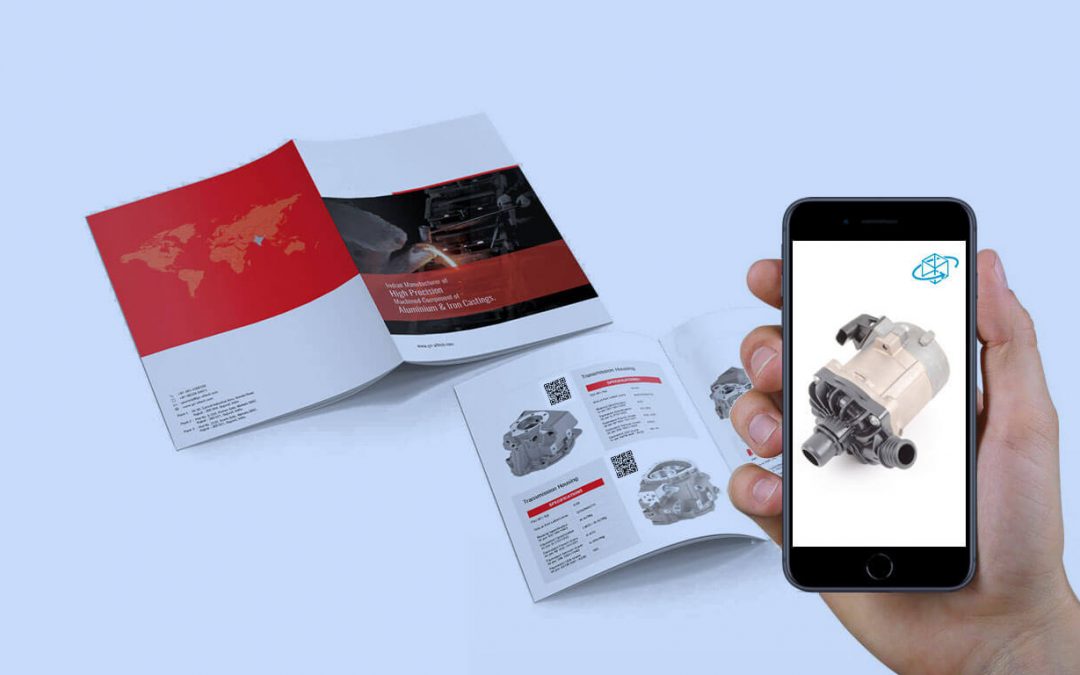Digital Commerce has emerged as the new competitive playground in the B2B distribution segment. Digital B2B Commerce is expected to be a huge $ 1.2 trillion market by 2021, and without a digital strategy, survival is difficult for both manufacturers as well as distributors. Almost all serious players are hopping onto the digital bandwagon, but there is a lot of competition within the space between B2B distributors as well as overall aggregators such as Amazon.
The experience and domain knowledge of B2-B distributors gives them the edge over players such as Amazon, but the challenge is replicating the same at scale online. This is where techniques such as Augmented Reality (AR) can dramatically enhance your content offering. The advantages of this include:
Buyer ‘Education’ with curated ‘Real-Life’ experiences- AR-enabled content showcases your product expertise and allows you to differentiate your products from aggregators such as Amazon. It significantly enhances the online experience for potential buyers and makes it quite similar to the real experience. It can also act as a viable demonstration tool; buyers can visualize where the product would fit, and there can also be use-case scenarios where they can train their employees on the same!
Scale-AR can be integrated into your offerings throughout the digital ecosystem using tools such as Amazon Web Services, which offers an AR framework through its ARKit tool for both the iOS and the Android ecosystems.
Boost in offline sales– AR can also be used to transform your offline sales process. For example, distributors/manufacturers can train sales forces to use AR amplified content to deliver sales pitches, which offer a dramatic improvement over the current catalog or PPT-based sales!
The first step to incorporate AR into your digital offerings is to build a knowledge base. This mainly consists of the development of a consolidated data repository of Computer-Aided Design (CAD) files of products offered through the digital medium.
This requires a team with the domain expertise to create/compile CAD models from manufacturers and then develop these CAD designs into 3D models.
Techniques such as taxonomy, schema, and data validation should be used to make sure reliable, informative, and usable content is available online.
What does Codifyd bring into the picture?
Codifyd is much more than an AR solutions provider. We distribute your data/ media repository of CAD models with the entire digital ecosystem at scale.
Also, we provide a platform integrated with e-commerce, native apps, etc., via a pluggable API. This allows users to discover and share 3D models; across the digital ecosystem.
Codifyd’s technological platform can create value for manufacturers as they have exclusive access to content such as CAD models of products and accurate product descriptions/ certifications/standards, etc.; they can monetize their domain knowledge and thus open up an additional source of revenue.
Codifyd’s platform provides content aggregation, discovery, and distribution services where content can be uploaded, shared and bought across the entire ecosystem by other parties.

